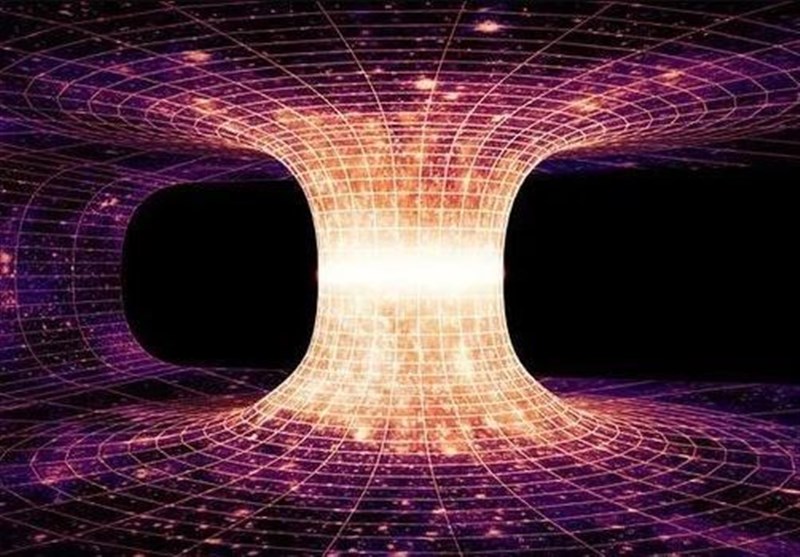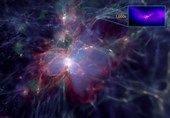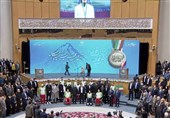Black Holes Could Be Shortcuts across Universe
TEHRAN (Tasnim) – Objects, including spacecraft, could pierce through the universe using several black holes as a ‘shortcut’, a new study suggests.
Since the early 20th century, physicists have fantasized about deep space travel involving shortcuts through the very fabric of space and time (spacetime). These theoretical wormholes, or portals between two black holes, would allow spacecraft to bypass the vast distances between celestial bodies by bridging two separate points in the universe. In theory, this would allow a spacecraft to cover vast distances in a much shorter period of time and possibly allow for some basic time travel, the Express reported.
These wormholes were predicted by Albert Einstein's revolutionary theory of general relativity, which describes spacetime as a sort of stretchy fabric that is bent and warped by gravity.
Unfortunately, the same mathematics that predicts their existence, also predicts wormholes are incredibly unstable and likely to instantly collapse.
The US space agency NASA explained: "Assuming that general relativity is correct, there may be wormholes.
"But no one has any idea how they would be created, and there is no evidence for anything like a wormhole in the observed universe."
But a new paper waiting to be published in the upcoming issue of the Journal of Modern Physics D has proposed a radical solution to the black hole wormhole conundrum.
Black holes today are usually described using the so-called Schwarzschild metric, named after German physicist and astronomer Karl Schwarzschild.
Schwarzschild described a radius around a black hole, the so-called event horizon, past which all concepts of time and space are thrown out the window.
At the event horizon, the black hole's gravity is simply too powerful for any other force in the universe to overcome it, not even light.
Physicist Nathan Rosen joined forces with Einstein to speculate how objects could fall past the event horizon and come out on the other end.
They came up with the concept of a white hole - the mirror image of a black hole - that would theoretically create a tunnel through spacetime.
Whereas a black hole does not let anything out, these white holes would never let anything in.
Physicists refer to these tunnels as the "Einstein-Rosen bridges".
Of course, these are purely theoretical, and the resulting wormholes are unstable and eager to collapse.
To get around this problem, physicist Pascal Koiran at Ecole Normale Supérieure de Lyon in France has modelled wormholes using the so-called Eddington-Finkelstein metric.
According to a report in Live Science, this metric allows scientists to trace a particle's journey through a wormhole and out the other end.
In theory, this would allow an object to cross the event horizon and come out in some other part of the universe without being lost in the process.
The study reads: "The Eddington-Finkelstein metric is obtained from the Schwarzschild metric by a change of the time variable.
"It is well known that a test mass falling into a black hole does not reach the event horizon for any finite value of the Schwarzschild time variable.






